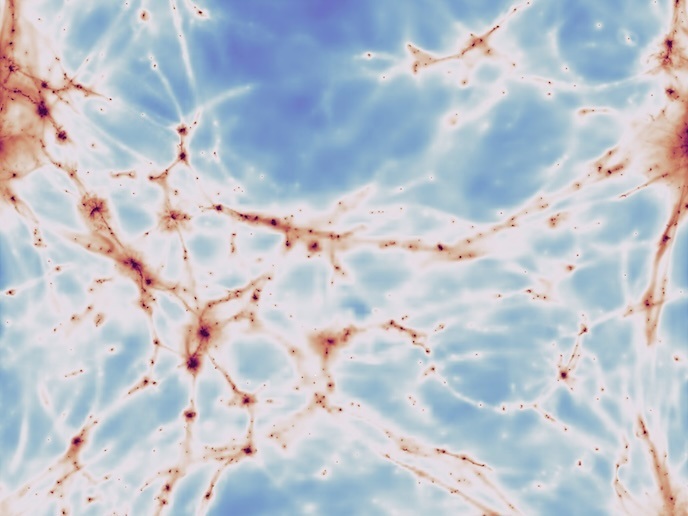Astrophysicists across Europe pool talent to develop high-tech tools for exploring the universe
Scientists from 26 organisations and companies in 16 European countries pooled their talents to develop cutting-edge technologies and research infrastructure to learn more about the universe. The AHEAD team has helped prepare the continent for the Athena(opens in new window) mission, the massive X-ray space observatory, due to be launched by the European Space Agency(opens in new window) in 2030. X-rays are essential for understanding the universe, because 50 % of the ordinary matter within it is not stars or galaxies as we see them but rather scalding gas, millions of degrees in temperature. That gas permeates the universe in a structure similar to a spider web, giving rise to galaxies. At such high temperatures, this gas is only seen by X-rays, says Professor Luigi Piro, director of research at the National Institute for Astrophysics(opens in new window) in Rome, which coordinated the project. “Technology and infrastructures in this field are becoming more complex and expensive, primarily due to the need to meet even more ambitious performance goals,” Prof. Piro says. “Such demands cannot realistically be tackled by a single nation.” The developers from both small and large EU countries shared their resources and expertise in order to develop better technologies in priority areas in astrophysics. They worked on X-ray optics, the control of backgrounds due to high-energy particles in orbit and the development of a new generation of cryogenic X-ray sensors, which measure the energy of photons. “Our results have led to a strong improvement in the technologies to such an extent that most of the AHEAD-led studies are now being incorporated into the design of the instruments for Athena,” says Prof. Piro. Mysteries of the universe Athena will boast a large X-ray telescope and instruments that will allow scientists to observe the faintest and most distant X-ray sources in the universe. “It will carry novel instruments and mirrors to resolve fundamental questions for astrophysics and cosmology, such as: how did ordinary matter assemble into the large-scale structure we see today and how do black holes grow and shape the universe?” Prof. Piro explains. AHEAD’s consortium also carried out a pilot investigation to see whether the technologies in use at its member organisations could be applied to fields other than astrophysical research. It identified a high-spectral resolution X-ray microcalorimeter cryogenic detector in a particle induced X-ray emission system as suitable for non-invasive analysis in biology, fine art and archaeological items and for high-sensitivity environmental measurements. However, the AHEAD partners are probably most excited about the way they trained researchers, opened up their facilities to a wider community, including SMEs, and disseminated their work through workshops and educational material. One video(opens in new window), translated into more than a dozen languages, reached an audience of 10 million people. “Sometimes the realm of cosmic, high-energy phenomena is far away from the image of a quiet unchangeable cosmos that we experience when looking at the night sky,” says Prof. Piro. “Some people can hardly imagine that the animations they see in our videos(opens in new window) and planetary shows represent real phenomena. By appealing to their imagination, we hope young scholars will be attracted to learning about high-energy astrophysics.”







